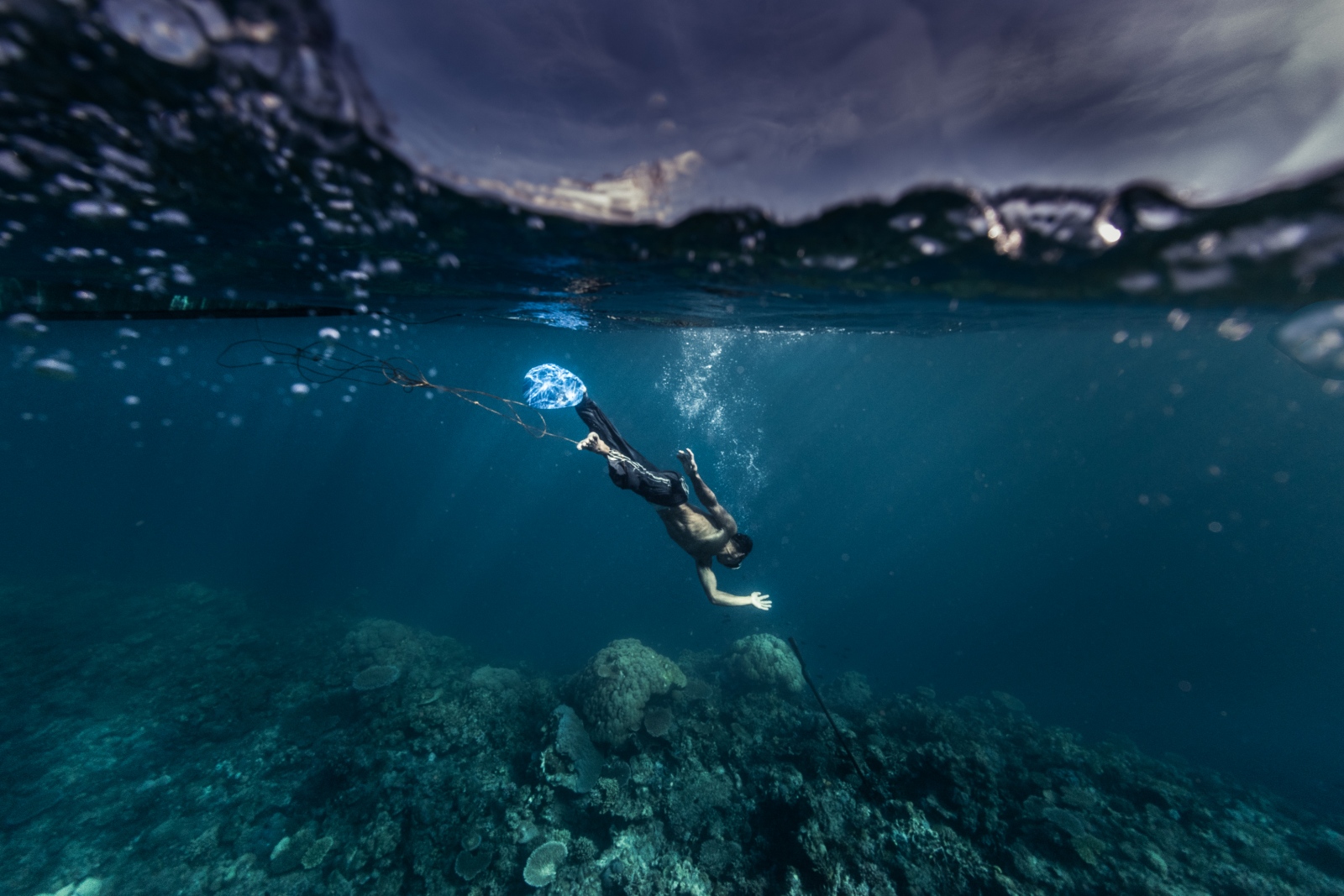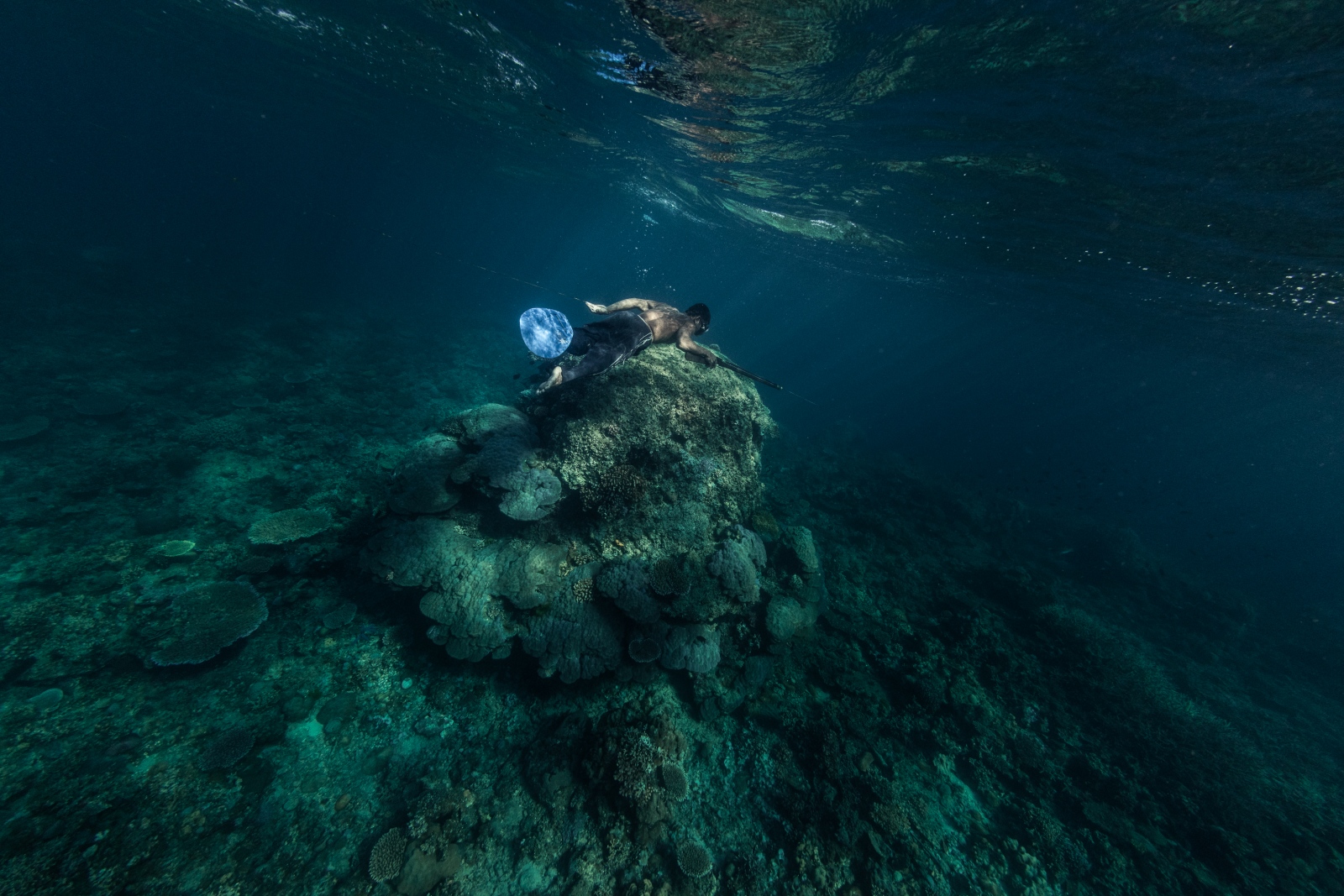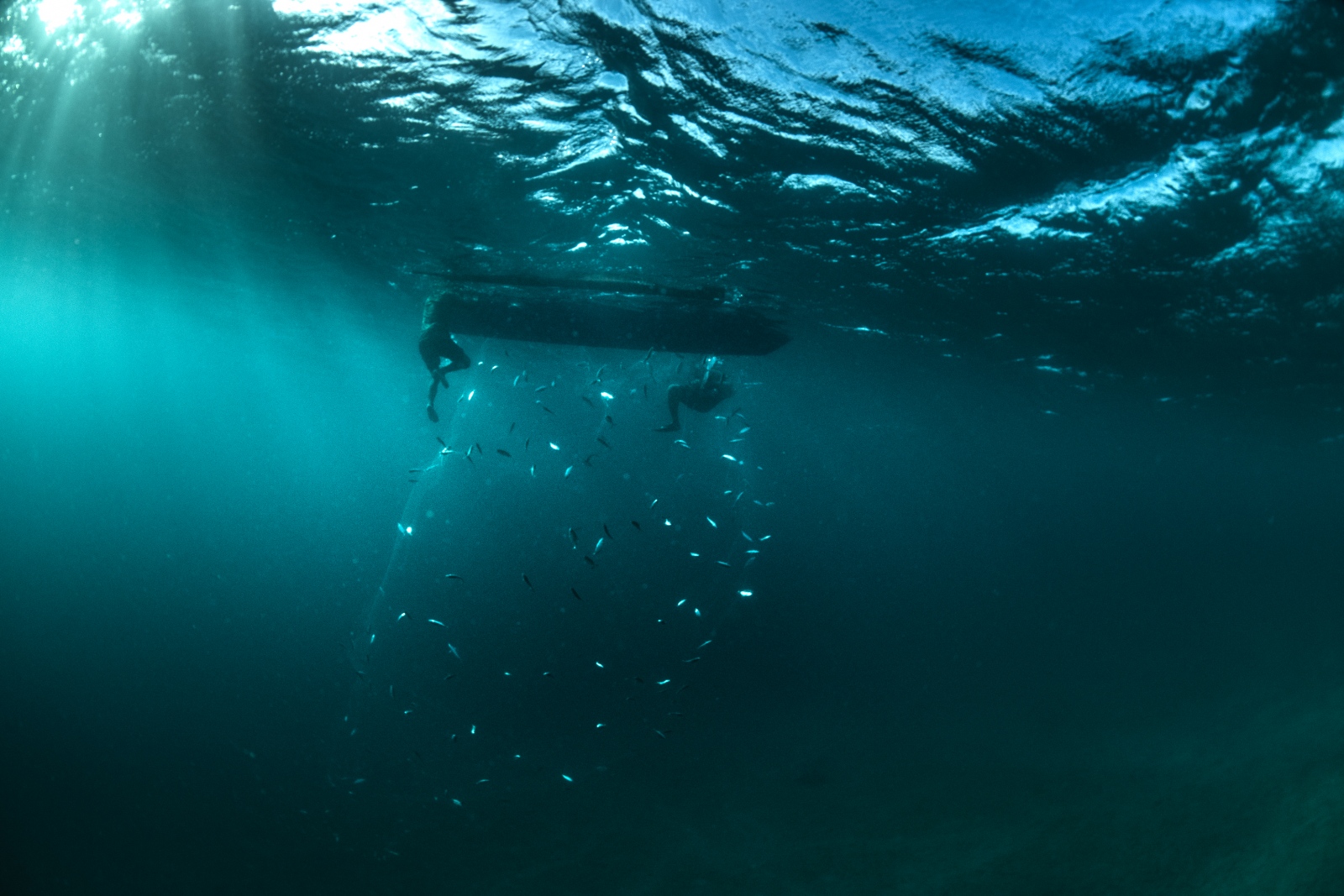Private Story
Palawan Seas
A primeval connection with the ocean
The oceans nourish and connect life on our planet. They regulate temperature, drive the weather and deliver most of the oxygen, water and food that humans need to survive. Coral reefs, which support roughly a quarter of all marine species, are among the world’s most vulnerable ecosystems to global climate change with too frequent bleaching events now threatening their very survival.
Palawan Seas explores our connection to the ocean in one of the most abundant coral reef environments on earth, a place where an intimate understanding of the marine world has been passed through generations for thousands of years.
Human fossils discovered in the Tabon Cave suggest that Palaweños were among the first islanders to settle in Southeast Asia. A neolithic burial jar found nearby depicts two people paddling into the afterlife on a small boat. For centuries, Palawan was a place almost forgotten by time and people here were dependent on the islands’ abundant reefs and thick forests for all their needs. A balance with nature developed that defined every aspect of their lives from the practical to the spiritual.
Located within the Coral Triangle, Palawan harbours around fifty percent of the world’s coral species and its reefs are among the most abundant and biodiverse on our planet. In the 1950s it came to the attention of the fishing industry as a rich, virtually untouched source. The islands’ population soon swelled with migrant fisherfolk and a period of unfettered marine exploitation began. By the 1970s almost two thirds of Philippine fish catch originated in Palawan and today, due to continued extraction, only forty percent of coral reefs remain in good condition.
However although it is now often obscured by the complexities of modern life, the marine culture of Palawan lives on in people’s everyday lives. Many Palaweños still live according to the winds, tides, and lunar cycles.
The creation of marine reserves and coral gardens could be the dawn of a new phase in our relationship with the marine environment. Hope is growing in places such a Tubbataha Reefs and Boayan Island but with sea temperatures often creeping above the normal range it is unknown how long this revival can continue.







































